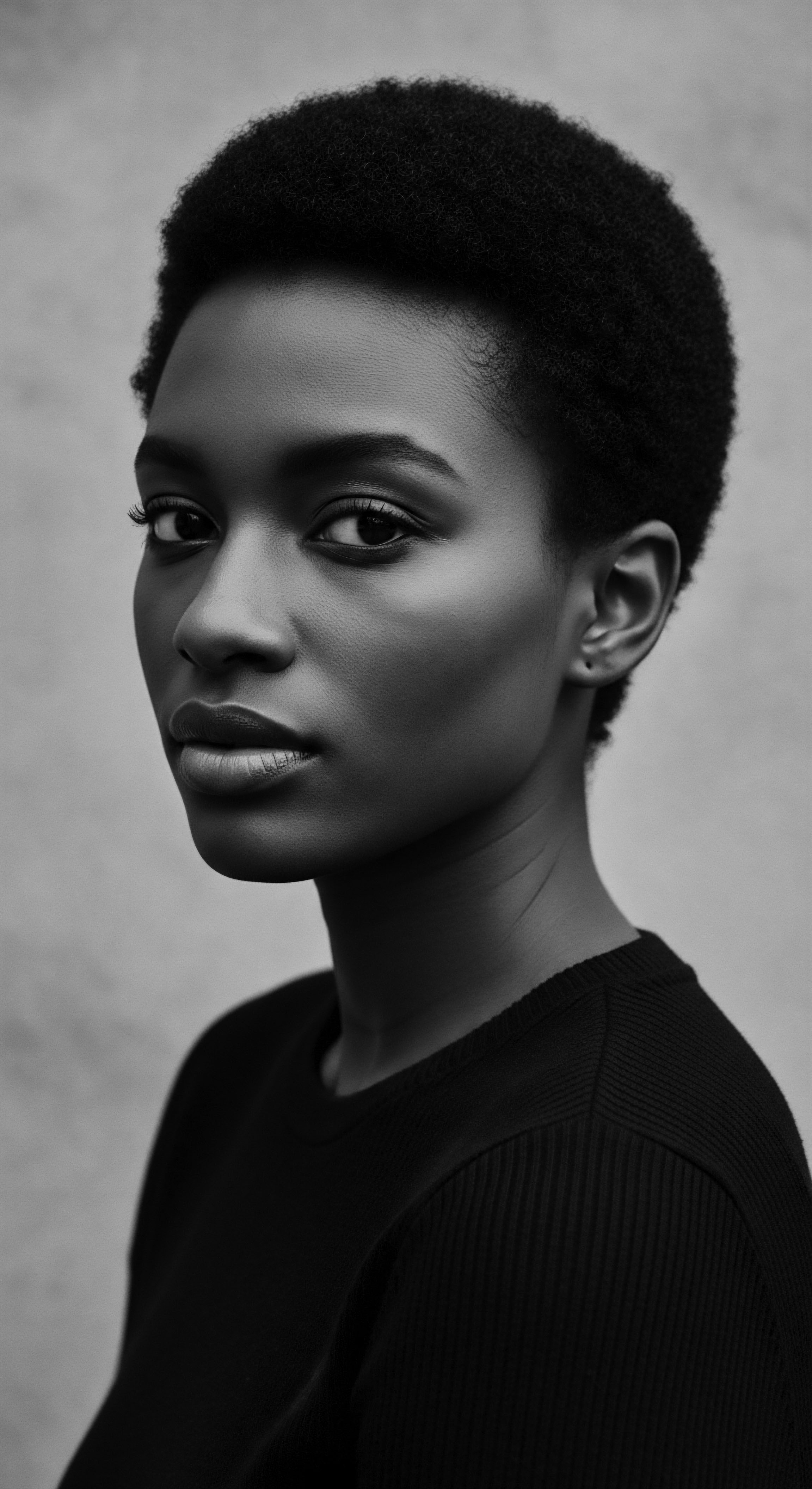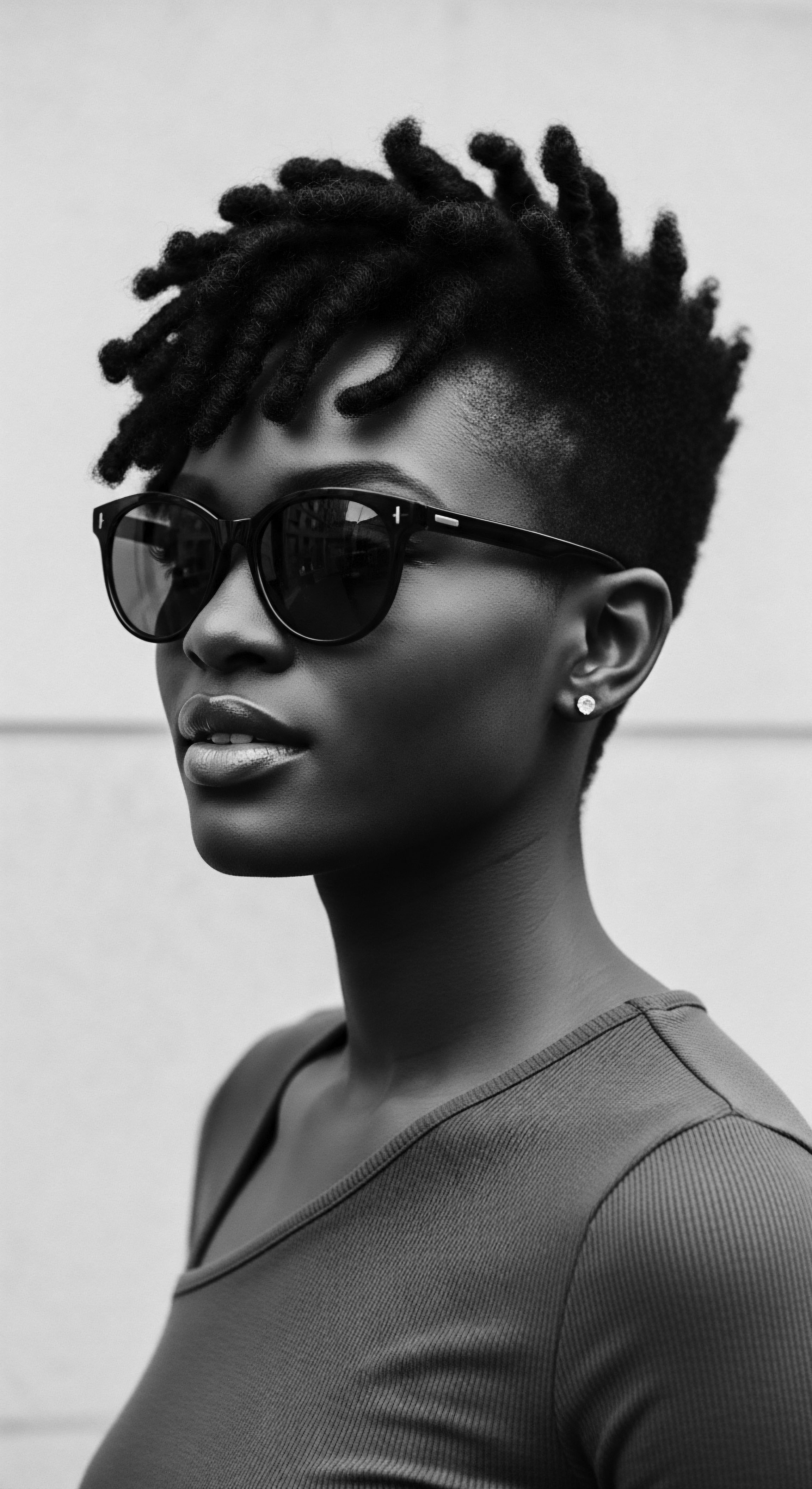
What historical factors caused shifts in textured hair styles during enslavement?
Enslavement forced textured hair style shifts from ancestral expression to survival and resistance, forever altering its heritage.

Barbary Corsairs
Meaning ❉ The Barbary Corsairs' historical operations impacted hair as a symbol of identity, contrasting with enduring North African hair care traditions.

What role did hairpins play in preserving Black hair heritage during enslavement?
Hairpins, often improvised, secured protective styles, supported clandestine communication, and silently preserved Black hair heritage during enslavement.

In what ways did hair oiling rituals adapt during the era of enslavement?
Hair oiling rituals adapted using repurposed materials, fostering resistance, communication, and preserving heritage despite immense hardship.

What is the cultural background of textured hair tools?
Textured hair tools, from ancient combs to modern picks, symbolize a rich cultural heritage, resistance, and identity for Black and mixed-race communities.

What adaptive practices emerged for hair care during periods of enslavement?
Enslaved people adapted traditional African hair care with ingenuity, repurposing available materials and styles to preserve identity and communal heritage.

Slavery Hair Practices
Meaning ❉ Slavery Hair Practices denote the imposed and adaptive hair management methods of enslaved Africans, a testament to resilience and cultural preservation.

What historical significance does hair protection hold for textured hair?
Hair protection for textured hair is a profound historical narrative of resilience, cultural preservation, and ancestral wisdom.

What is the historical significance of cornrows during enslavement?
Cornrows during enslavement served as a profound symbol of resistance, a hidden communication system, and a practical protective style, deeply preserving textured hair heritage.

